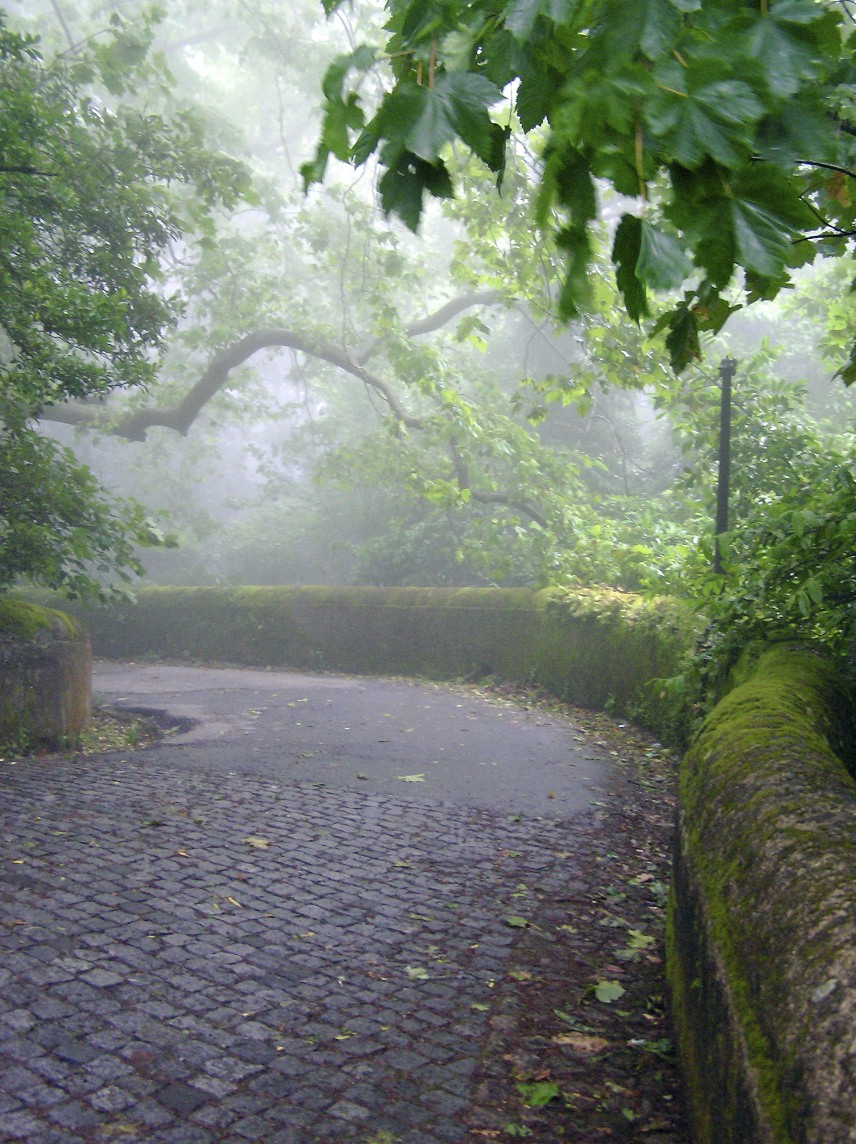
Confronting the Other: The Numinous Future
For Polak, the Future is more complex and often illusive then that identified and analyzed by the social observers I have already sited. He writes about the Future as being profoundly Other—to be differentiated from that which has already taken place (the Past) and is now taking place (the Present). The Other that represents our Future is compelling, yet shadowy; it provides direction and motivation, yet is ever changing. I would suggest that Polak’s Future resembled the powerful and elusive “numinous” that is described by Rudolph Otto (1923) and incorporated in the work of the psychoanalyst, Carl Jung (1938).
In what some scholars identify as the first “psychological” analysis of religious experiences, Rudolph Otto (1923) identified something that he called the “numinous” experience. In his now-classic book, The Idea of the Holy. Otto creates a new word, “numinous” (from the Latin word “numen” and paralleling the derivation of “ominous” from the word “omen”). Otto (1923, P. 11) writes about a powerful, enthralling experience that is “felt as objective and outside the self.” Otto’s numinous experience is simultaneously awe-some and awe-full. We are enthralled and repelled. We feel powerless in the presence of the numinous yet seem to gain power (“inspiration”) from participation in its wonderment.
Using more contemporary psychological terms, the boundaries between internal and external locus of control seem to be shattered when one is enmeshed in a numinous experience. The outside enters the inside and the inside is drawn to the outside. As an example, I point to the horrible and dreadful images and pictures of gods in primitive cultures. They continue to enthrall us—leading us to feelings of profound admiration and often at the same time profound disgust. We view a miracle, in the form of a newborn child or the recovery of a loved one from a life-threatening disease. This leads us to a sense of the numinous. Somehow, a power from outside time and space seems to intervene and lead us to an experience that penetrates and changes everything (though we don’t know how). This sense of Other that is beyond knowable time and space is what Polak has identified as our Image of the Future. Some of us identify this as God’s intervention to heal or save. Another perspective is offered by those who believe in the healing and saving power of Nature or Karma. A more contemporary perspective is offered by those who extoll the “miraculous” power of “modern medicine” or the capacity of human society to do good work. Regardless of its purported secular or sacred nature, this healing or saving power has numinous qualities.







